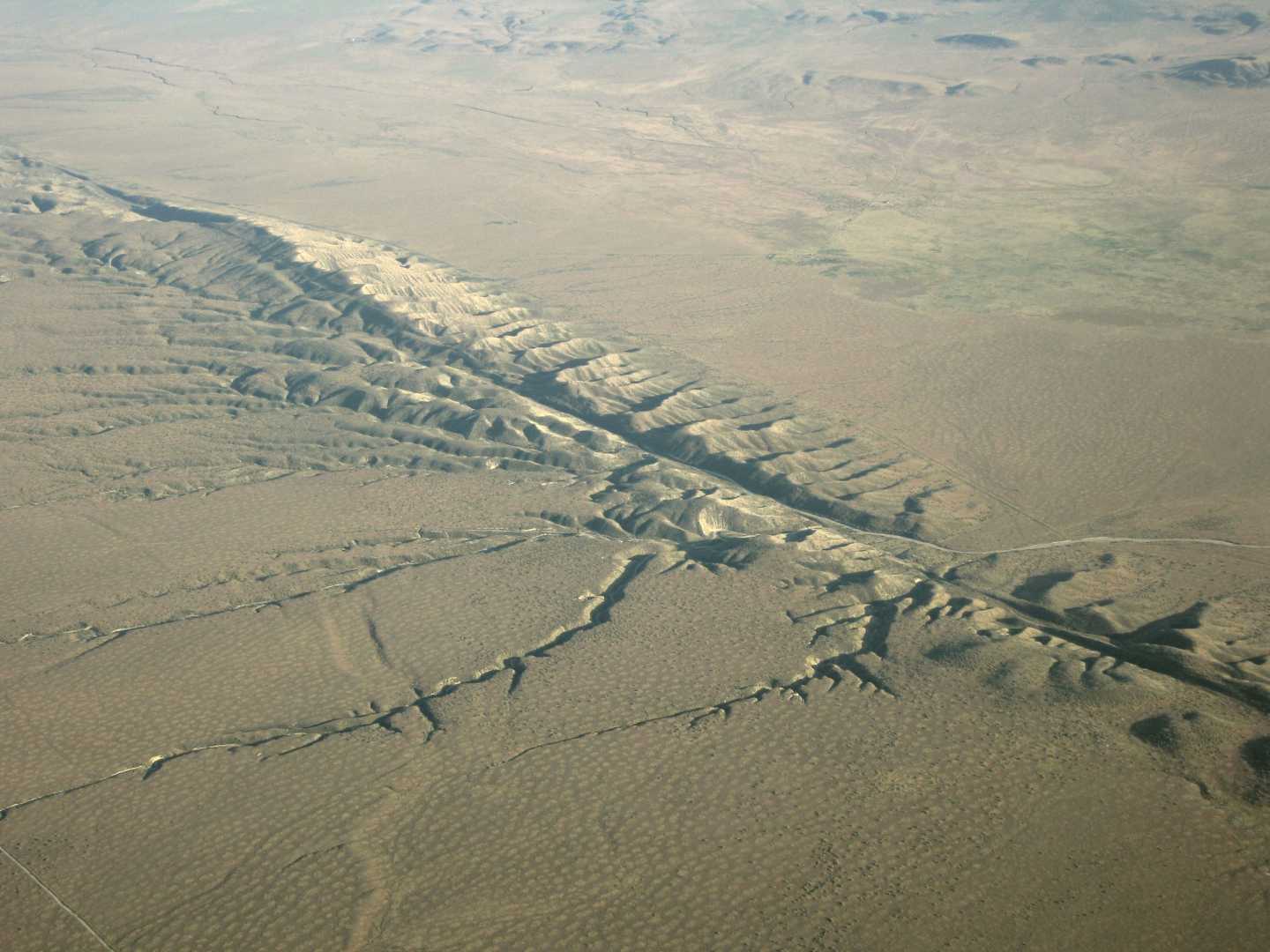News
California Hit by Series of Minor Earthquakes Amid Major Quake Concerns

LOS ANGELES, California — Over a span of less than 24 hours, California experienced a series of seven minor earthquakes, raising concerns about the potential for larger seismic events. The U.S. Geological Survey (USGS) detected the latest tremor, a magnitude 2.6, on Friday morning, following a series of earlier shocks that included magnitudes 2.5 and 2.7.
The initial quake struck northwest of San Diego at 1:45 a.m. on Friday. Following this, two additional quakes were recorded on Friday morning, along with several others near Death Valley, including a magnitude 3.0 quake. Fortunately, no injuries or damages have been reported as a result of these seismic events.
Experts note that while the latest quakes are not classified as major, they occurred along the San Andreas Fault, a region notorious for its potential to produce devastating earthquakes. The fault stretches approximately 800 miles from Cape Mendocino in the north to the Salton Sea in the south, with significant historical events dating back to the mid-1800s.
The Great California Shakeout estimates that a major earthquake along this fault line could result in 1,800 deaths, 50,000 injuries, and $200 billion in damages. The last major quakes associated with the San Andreas occurred in 1857 and 1906, both with magnitudes of 7.9.
Angie Lux, a project scientist for Earthquake Early Warning at the Berkeley Seismology Lab, expressed concern about the long-term forecast for the region. “We are fairly confident that there could be a pretty large earthquake at some point in the next 30 years,” Lux stated. Dr. Sue Hough from the USGS echoed that sentiment, noting conflicting studies on signs preceding major earthquakes.
Thus far in 2025, California has recorded more than 6,200 earthquakes, most of which were minor in nature. According to Volcano Discovery, around 5,800 of these quakes were below magnitude 2, while only four exceeded a magnitude of 4.
Geologists explain that earthquakes are primarily caused by the movement of tectonic plates, which are large slabs of solid rock that shift over the Earth’s mantle. Stress builds up along the edges of these plates until it exceeds friction, resulting in a sudden release of energy that causes ground shaking.
While the current quakes have prompted concern, experts are continuously monitoring activity along both the San Andreas and Foothills fault systems, the latter located in the Sierra Nevada mountains. Noteworthy earthquakes in the Foothills fault system were recorded in 1975 and 1909, with magnitudes ranging between 5 and 6.












